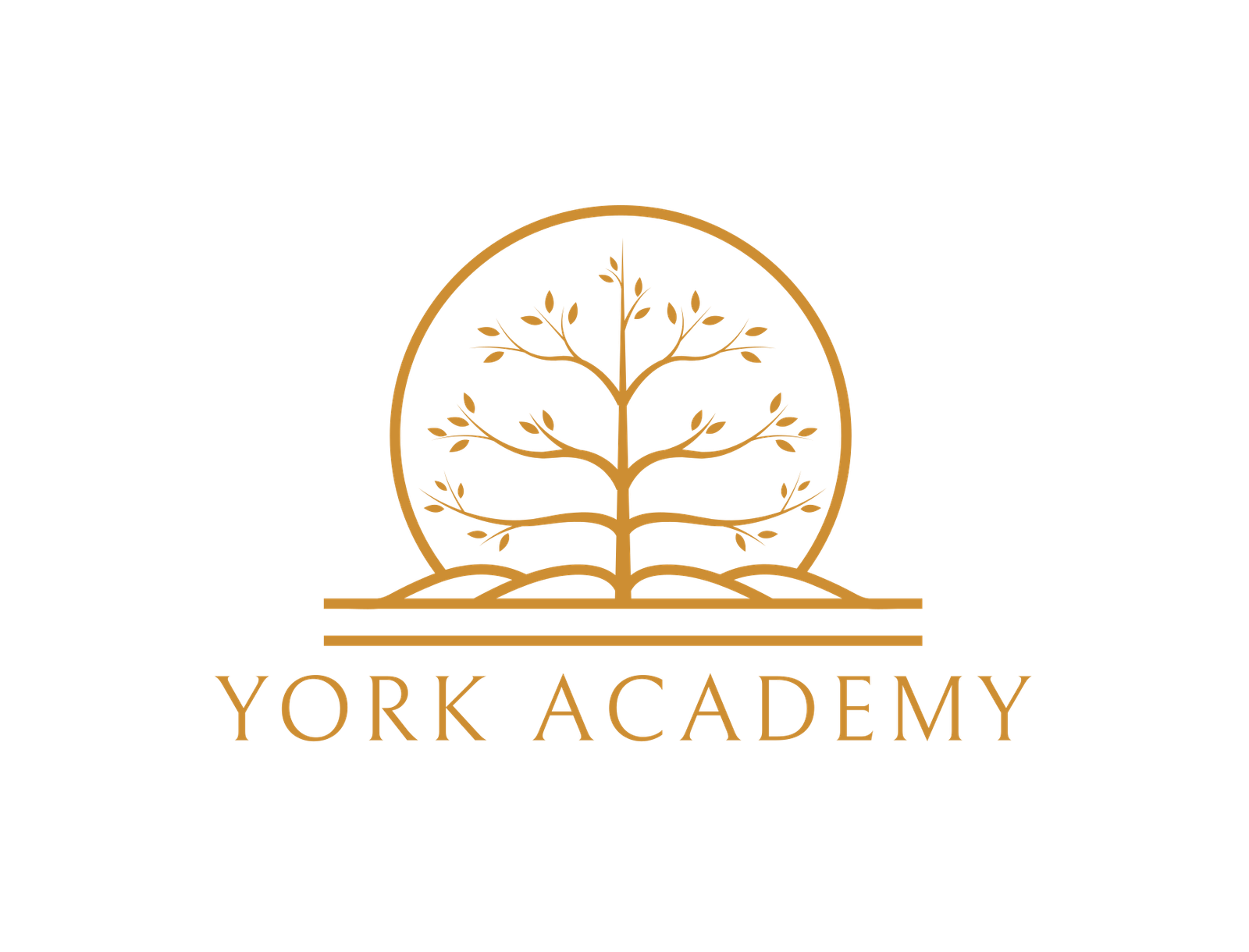An institution is a relatively enduring collection of rules and organized practices, embedded in structures of meaning and resources that are relatively invariant in the face of turnover of individuals and relatively resilient to the idiosyncratic preferences and expectations of individuals and changing external circumstances (March and Olsen 1989, 1995). There are constitutive rules and practices prescribing appropriate behavior for speciWc actors in speciWc situations. There are structures of meaning, embedded in identities and belongings: common purposes and accounts that give direction and meaning to behavior, and explain, justify, and legitimate behavioral codes. There are structures of resources that create capabilities for acting. Institu- tions empower and constrain actors diVerently and make them more or less capable of acting according to prescriptive rules of appropriateness. Institutions are also reinforced by third parties in enforcing rules and sanctioning non-compliance.
While the concept of institution is central to much political analysis, there is wide diversity within and across disciplines in what kinds of rules and relations are construed as ‘‘institutions’’ (Goodin 1996, 20). Moreover, approaches to political institutions diVer when it comes to how they understand (a) the nature of institutions, as the organized setting within which modern political actors most typically act; (b) the processes that translate structures and rules into political impacts; and (c) the processes that translate human behavior into structures and rules and establish, sustain, transform, or eliminate institutions.
Institutionalism, as that term is used here, connotes a general approach to the study of political institutions, a set of theoretical ideas and hypotheses concerning the relations between institutional characteristics and political agency, perform- ance, and change. Institutionalism emphasizes the endogenous nature and social construction of political institutions. Institutions are not simply equilibrium contracts among self-seeking, calculating individual actors or arenas for contend- ing social forces. They are collections of structures, rules, and standard operating procedures that have a partly autonomous role in political life.
Institutionalism comes in many Xavors, but they are all perspectives for under- standing and improving political systems. They supplement and compete with two other broad interpretations of politics. The Wrst alternative is a rational actor perspective which sees political life as organized by exchange among calculating, self-interested actors. The second alternative is a cultural community perspective which sees political life as organized by shared values and world-views in a community of common culture, experience, and vision. The three perspectives— institutional, rational actors, and cultural community—are not exclusive. Most political systems can be interpreted as functioning through a mix of organizing principles. Nor are the perspectives always easy to distinguish. True believers in any one of the three can reduce each of the other two to the status of a ‘‘special case’’ of their preferred alternative. Pragmatically, however, the three perspectives are diVer- ent. They focus attention on diVerent aspects of political life, on diVerent explana- tory factors, and on diVerent strategies for improving political systems.
The key distinctions are the extent to which a perspective views the rules and identities deWned within political institutions as epiphenomena that mirror envir- onmental circumstances or predetermined individual preferences and initial resources; and the extent to which a perspective pictures rules and identities as reproduced with some reliability that is, at least in part, independent of environmental stability or change.
Within an institutional perspective, a core assumption is that institutions create elements of order and predictability. They fashion, enable, and constrain political actors as they act within a logic of appropriate action. Institutions are carriers of identities and roles and they are markers of a polity’s character, history, and visions. They provide bonds that tie citizens together in spite of the many things that divide
them. They also impact institutional change, and create elements of ‘‘historical ineYciency’’.
Another core assumption is that the translation of structures into political action and action into institutional continuity and change, are generated by comprehen- sible and routine processes. These processes produce recurring modes of action and organizational patterns. A challenge for students of institutions is to explain how such processes are stabilized or destabilized, and which factors sustain or interrupt ongoing processes.
To sketch an institutional approach, this chapter elaborates ideas presented over twenty years ago in ‘‘The New Institutionalism: Organizational Factors in Political Life’’ (March and Olsen 1984). The intent of the article was to suggest some theoretical ideas that might shed light on particular aspects of the role of institutions in political life. The aspiration was not to present a full-blown theory of political institutions, and no such theory is currently available. The ideas have been chal- lenged and elaborated over the last twenty years,1 and we continue the elaboration, without making an eVort to replace more comprehensive reviews of the diVerent institutionalisms, their comparative advantages, and the controversies in the Weld.




